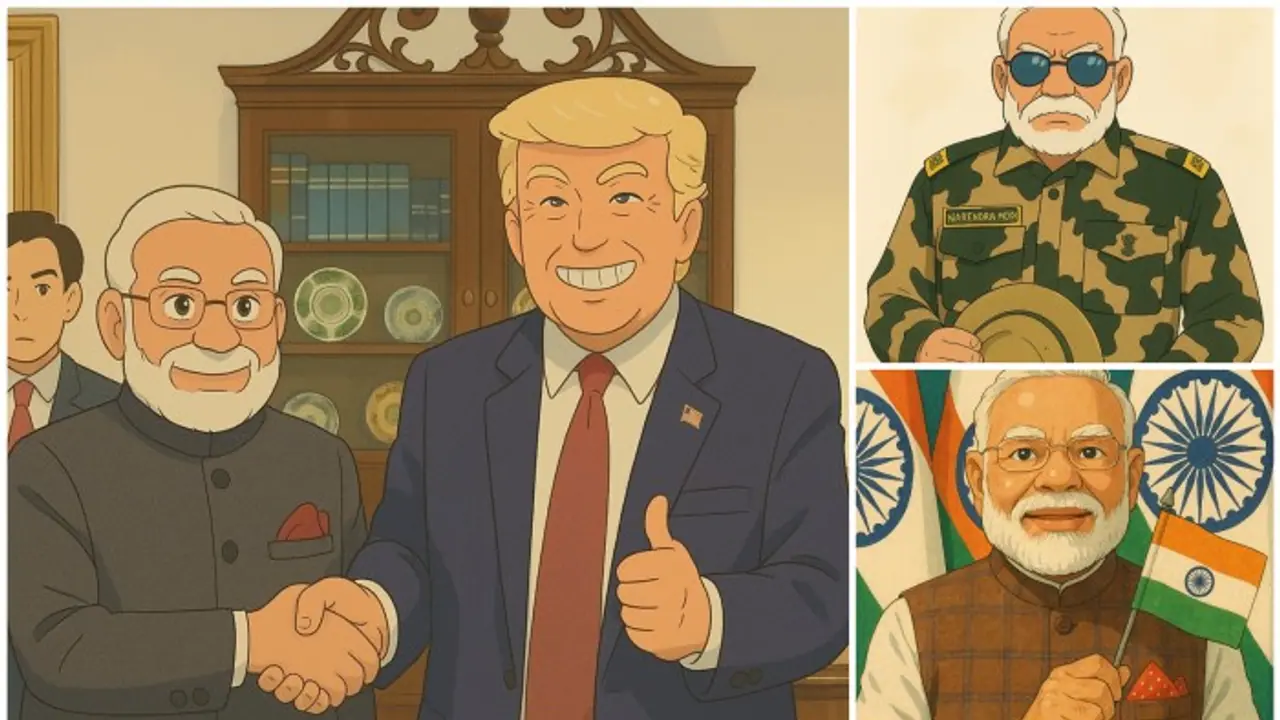OpenAI's ChatGPT gained one million users in just one hour after launching its free Ghibli-style image generator. The surge in popularity, announced by CEO Sam Altman, highlights the growing demand for AI-powered creative tools.
A milestone has been reached by OpenAI's ChatGPT, which added one million users in just one hour after launching its free Ghibli-style picture generating tool. OpenAI CEO Sam Altman made the statement, calling the spike in user engagement "unprecedented." Using OpenAI's GPT-4o model, the Ghibli-style image generator enables users to produce captivating images modelled by Studio Ghibli's renowned animation style. The function, which was previously only available to customers who paid, was made available to free-tier users on March 29. The internet is overflowing with imaginative and sentimental material as users have been turning their own images into quirky artworks influenced by anime.

Altman shared the news on X (formerly Twitter), stating, "The ChatGPT launch 26 months ago was one of the craziest viral moments I'd ever seen, and we added one million users in five days. We added one million users in the last hour."
Due to the feature's enormous popularity, OpenAI has placed limitations on free users, allowing them to generate no more than three images each day, while premium members are granted greater limits.
In addition to increasing ChatGPT's popularity, the release of the free Ghibli-style picture generator brought attention to the rising need for AI-powered creative tools. OpenAI's servers have struggled to handle the spike in activity as users continue to test out the feature's capabilities, thus Altman has advised users to "chill on generating images."
Also Read | What is Ghibli Art? ChatGPT 4o’s new image feature goes viral on social media
OpenAI launched ChatGPT in November 2022. It was introduced as a conversational AI tool that could take prompts and create human-like text-based answers.
